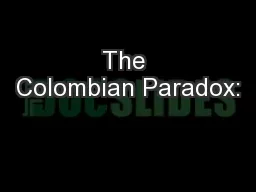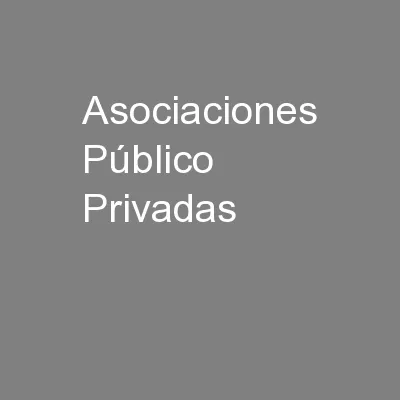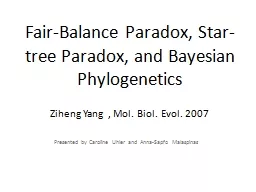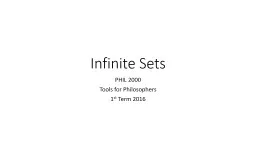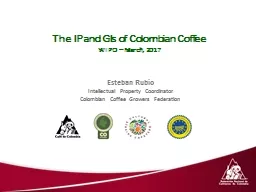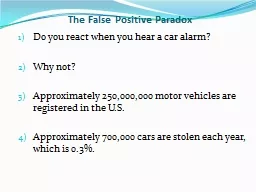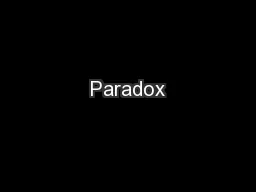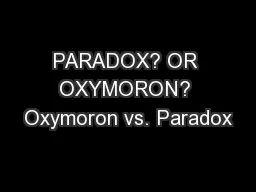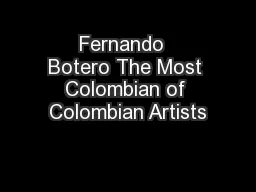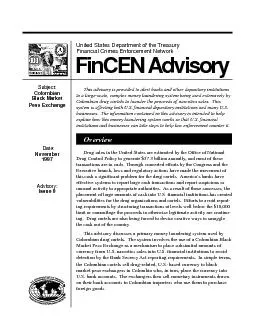PPT-The Colombian Paradox:
Author : lois-ondreau | Published Date : 2017-09-17
Pacts Violence and Political Stability Max Cameron Poli 332 Structure Bogota a viceroyalty of New Granada Majority mestizo and indigenous population S trong localism
Presentation Embed Code
Download Presentation
Download Presentation The PPT/PDF document "The Colombian Paradox:" is the property of its rightful owner. Permission is granted to download and print the materials on this website for personal, non-commercial use only, and to display it on your personal computer provided you do not modify the materials and that you retain all copyright notices contained in the materials. By downloading content from our website, you accept the terms of this agreement.
The Colombian Paradox:: Transcript
Download Rules Of Document
"The Colombian Paradox:"The content belongs to its owner. You may download and print it for personal use, without modification, and keep all copyright notices. By downloading, you agree to these terms.
Related Documents

